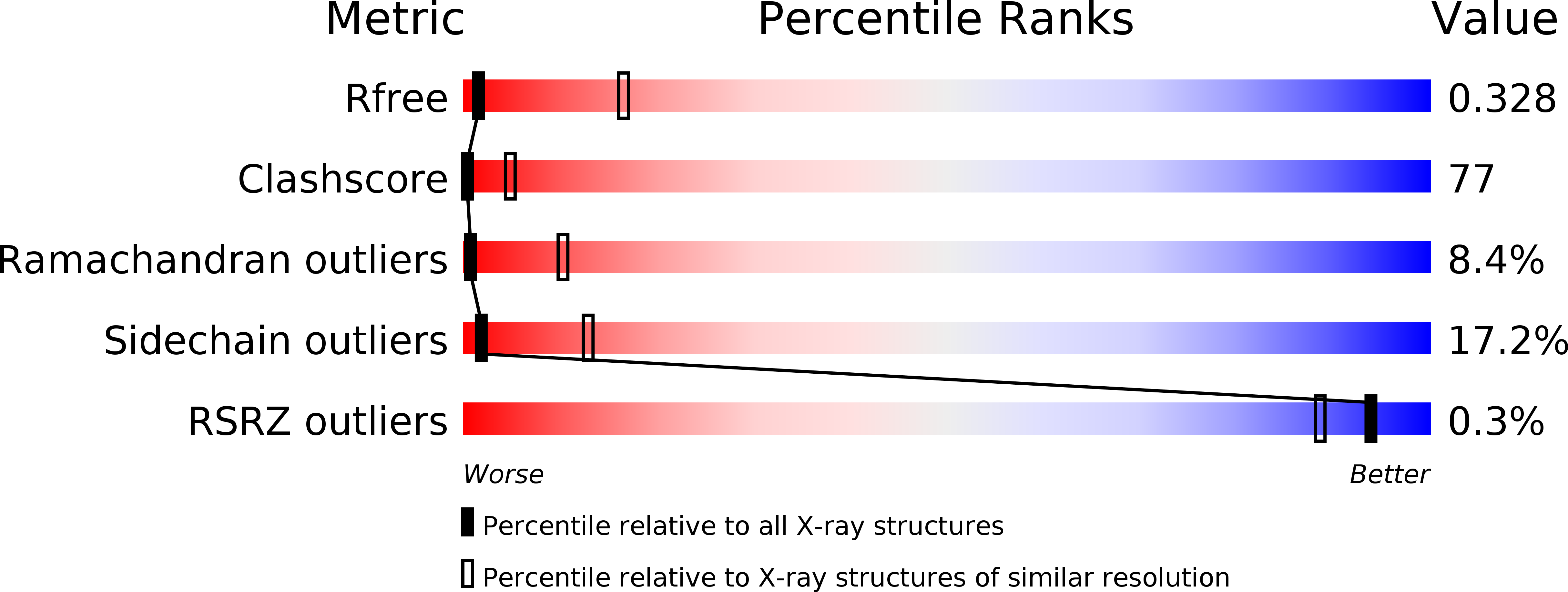
Deposition Date
2015-11-24
Release Date
2016-03-23
Last Version Date
2024-10-16
Method Details:
Experimental Method:
Resolution:
3.60 Å
R-Value Free:
0.32
R-Value Work:
0.26
Space Group:
P 1 21 1


